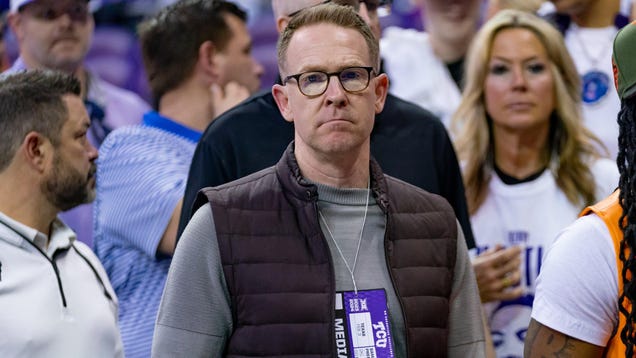India is one of the earliest issuers of currency with circulation of coins by 6th century BC; however  one tiny backwater in the north eastern corner of the country still preserves the age form of exchange- Barter System. The Jonbeel Mela, is a trade fair that practices the old tradition of barter system and one can pick up or trade anything, but without the use of currency.
one tiny backwater in the north eastern corner of the country still preserves the age form of exchange- Barter System. The Jonbeel Mela, is a trade fair that practices the old tradition of barter system and one can pick up or trade anything, but without the use of currency.
A big market is organised during this fair and people from various tribes and communities exchange their products. But before the fair opens fire worship or Agni Puja is performed. Tribes & communities like Tiwa, Karbi, Khasi, Jaintia come down with their products for this MelaAnother interesting feature is that the King of Tiwa tribe collects taxes from his subjects. Colourful dances and music mark the fair. The whole atmosphere is swings with fun and joy. Mutual understanding and harmonious living is the message of the fair.
The festival stretches for seventy two hours from the eve of Magh Bihu (Makar Sankranti) at a historic place known as Dayang Belguri at Jonbeel. The Jonbeel (Jon and Beel are Assamese names for the Moon and a wetland respectively) is so called because a large natural water body is shaped like a crescent moon.
The Mela or fair is known to have begun not later than 15th Century AD. It was commenced several centuries ago by the trail blazing Ahom kings; the underlying purpose was to discuss the prevailing political situations.
On January 17, 2009 the Government of Assam announced an “Annual Royal Allowance” for the 19 customary kings from different communities under the Gova Kingdom that includes parts of three district of present Assam namely Marigaon, Nagaon and Kamrup.
India is one of the earliest issuers of currency with circulation of coins by 6th century BC; however  one tiny backwater in the north eastern corner of the country still preserves the age form of exchange- Barter System. The Jonbeel Mela, is a trade fair that practices the old tradition of barter system and one can pick up or trade anything, but without the use of currency.
one tiny backwater in the north eastern corner of the country still preserves the age form of exchange- Barter System. The Jonbeel Mela, is a trade fair that practices the old tradition of barter system and one can pick up or trade anything, but without the use of currency.
A big market is organised during this fair and people from various tribes and communities exchange their products. But before the fair opens fire worship or Agni Puja is performed. Tribes & communities like Tiwa, Karbi, Khasi, Jaintia come down with their products for this MelaAnother interesting feature is that the King of Tiwa tribe collects taxes from his subjects. Colourful dances and music mark the fair. The whole atmosphere is swings with fun and joy. Mutual understanding and harmonious living is the message of the fair.
The festival stretches for seventy two hours from the eve of Magh Bihu (Makar Sankranti) at a historic place known as Dayang Belguri at Jonbeel. The Jonbeel (Jon and Beel are Assamese names for the Moon and a wetland respectively) is so called because a large natural water body is shaped like a crescent moon.
The Mela or fair is known to have begun not later than 15th Century AD. It was commenced several centuries ago by the trail blazing Ahom kings; the underlying purpose was to discuss the prevailing political situations.
On January 17, 2009 the Government of Assam announced an “Annual Royal Allowance” for the 19 customary kings from different communities under the Gova Kingdom that includes parts of three district of present Assam namely Marigaon, Nagaon and Kamrup.







































.jpg)




























































